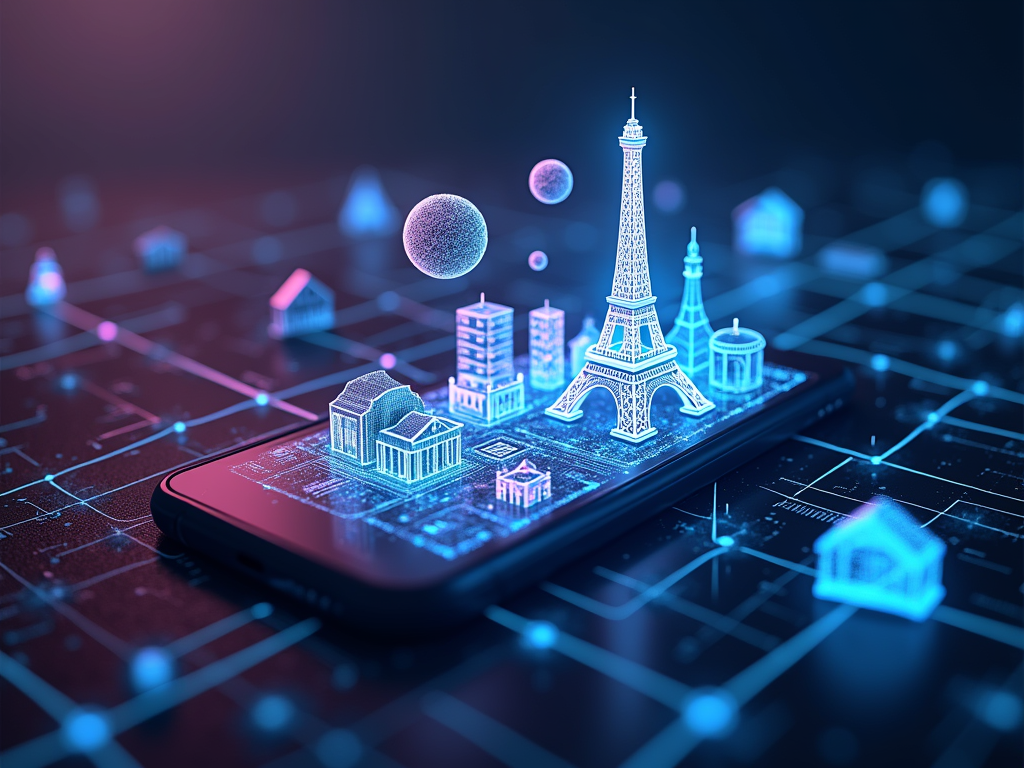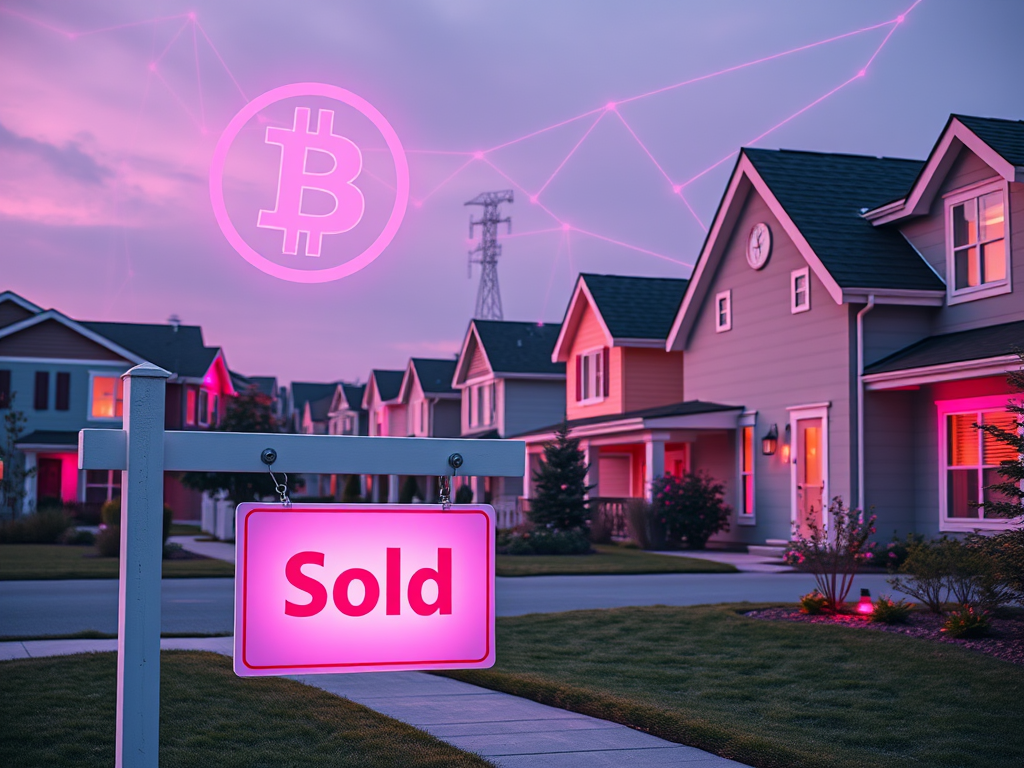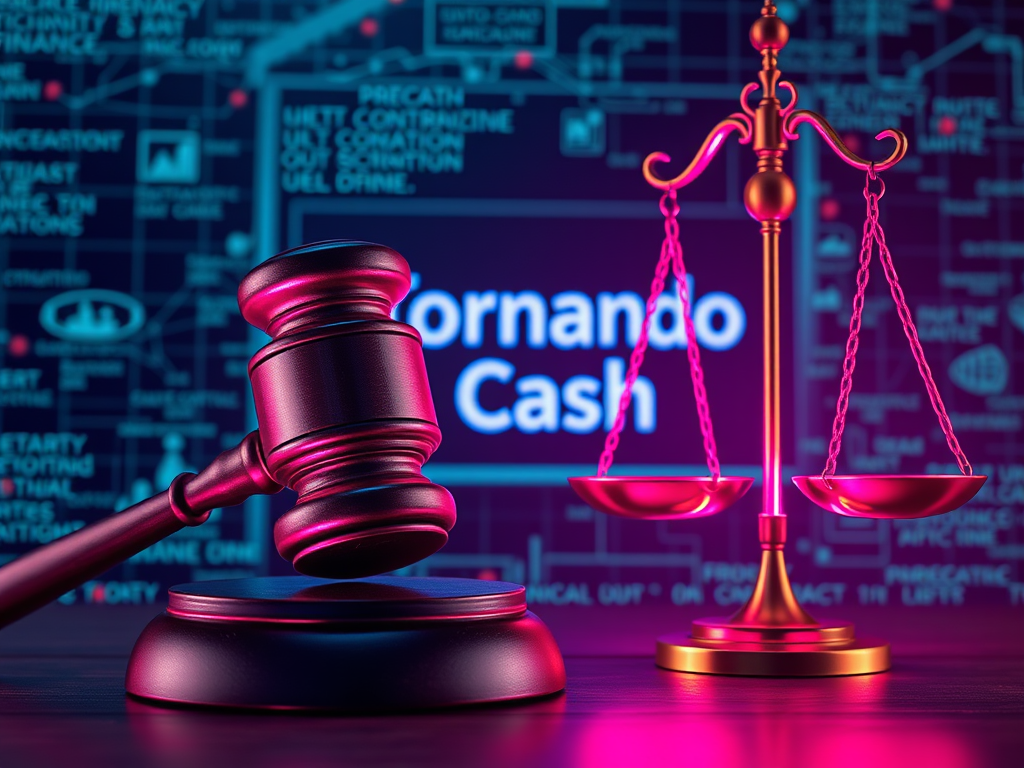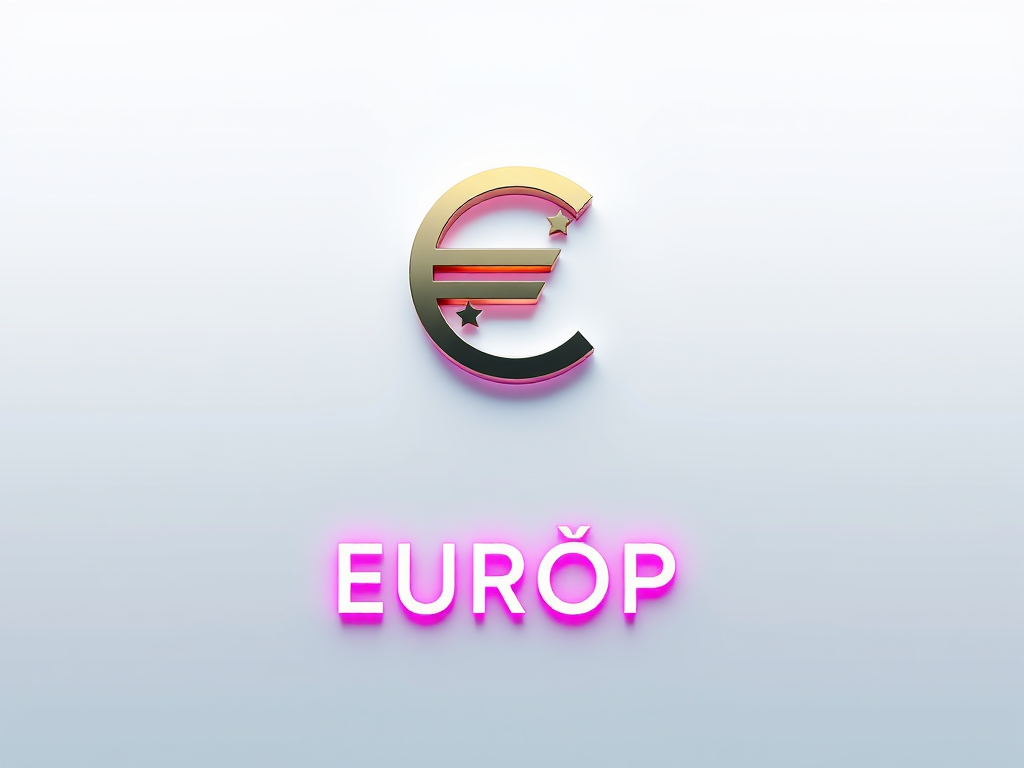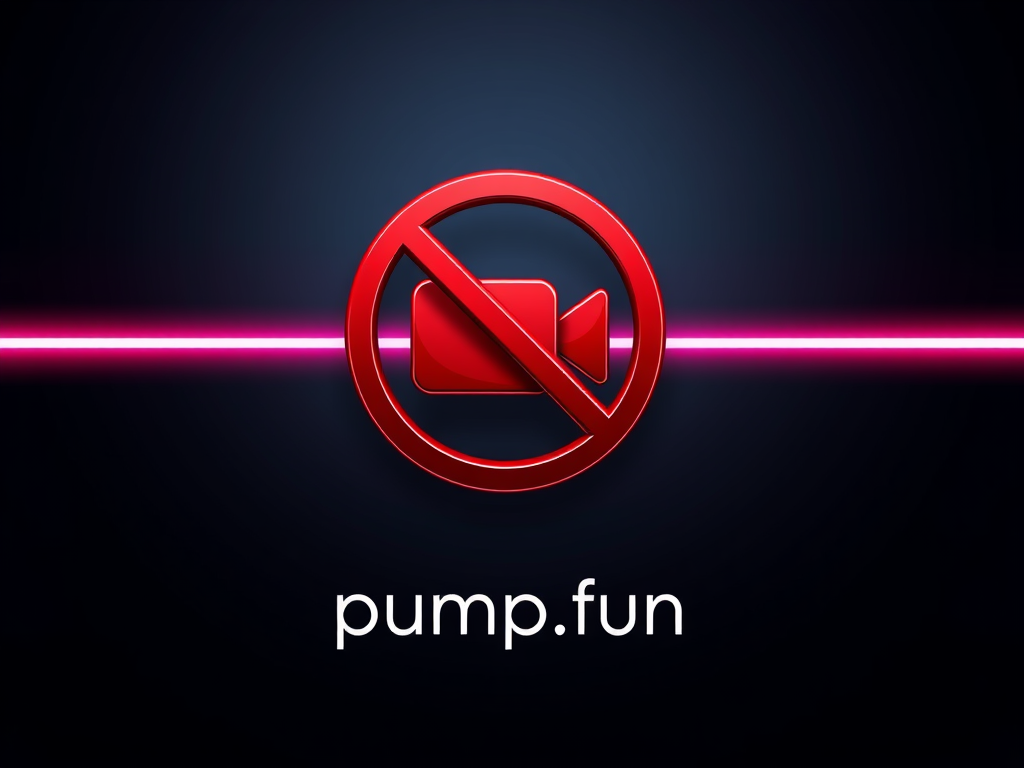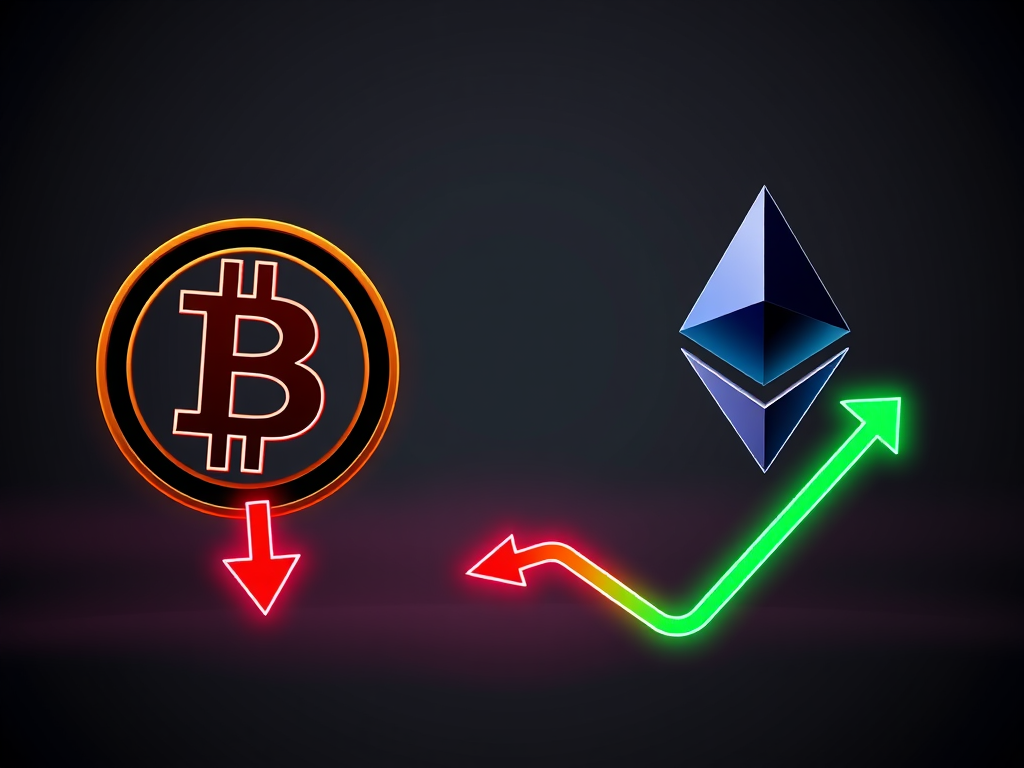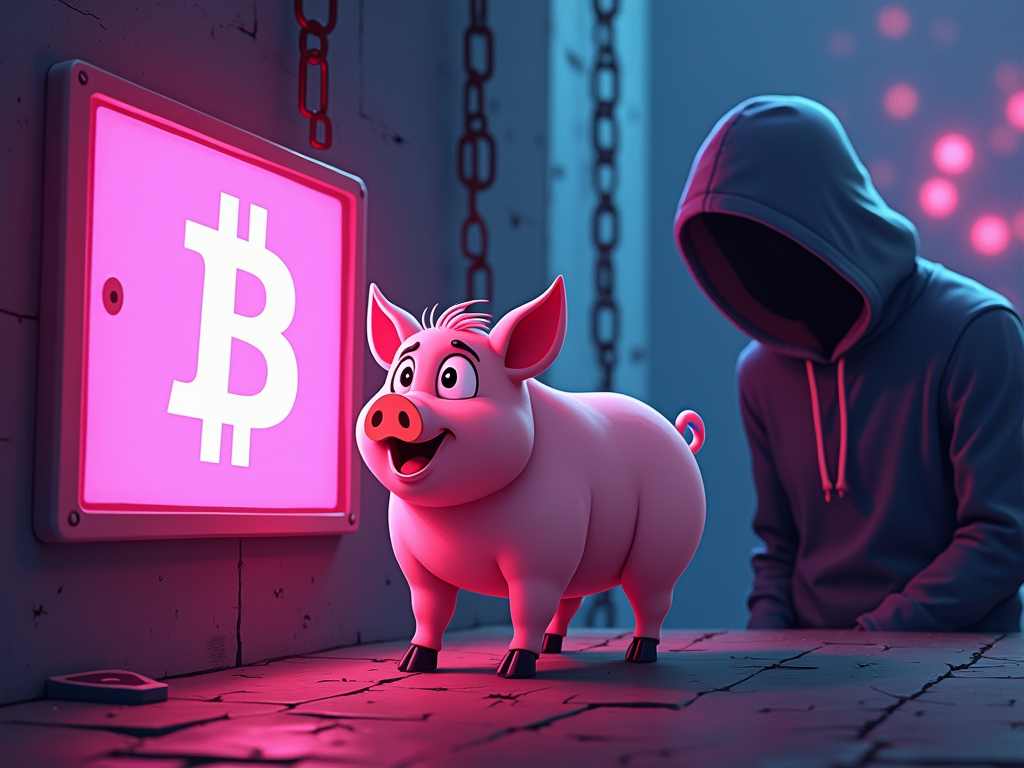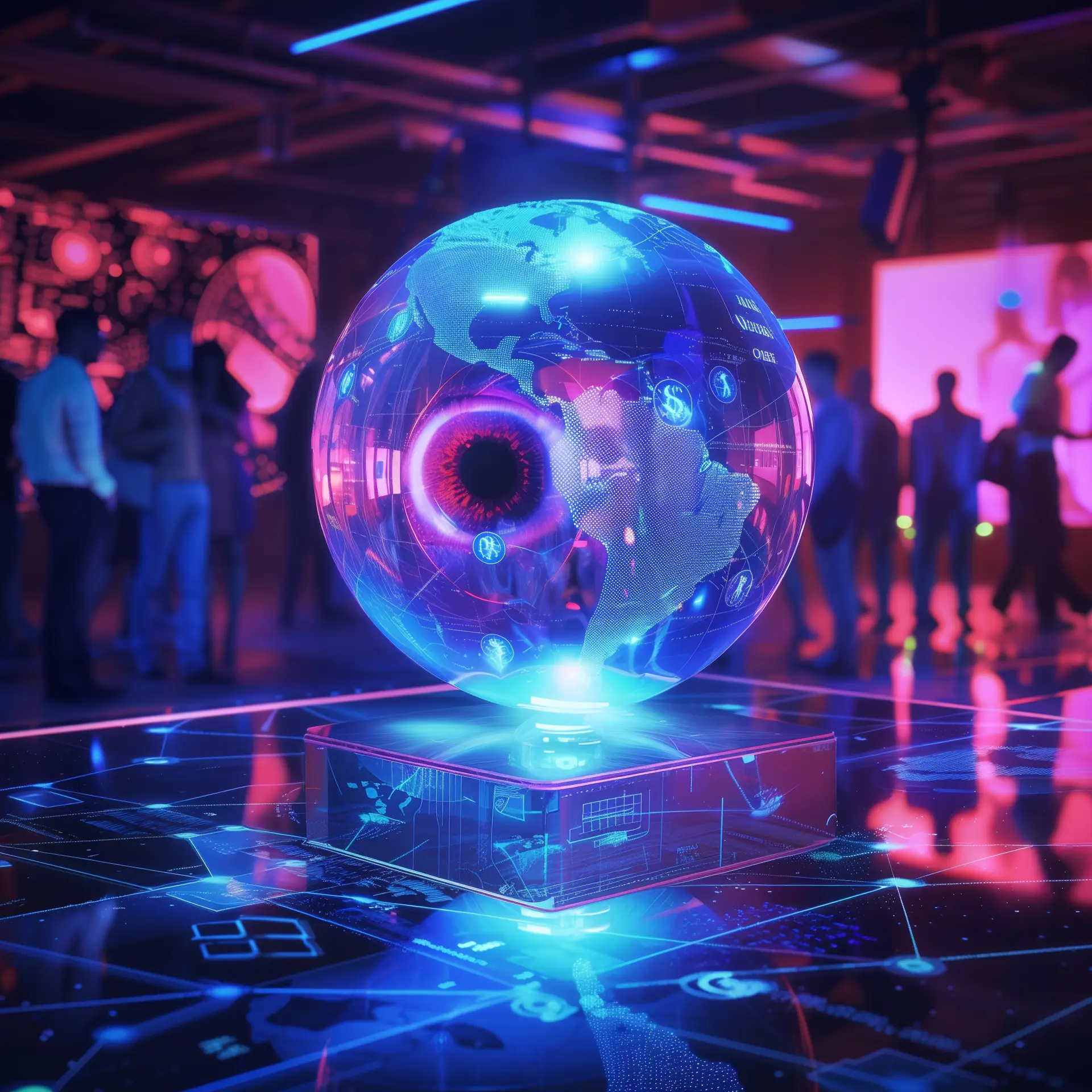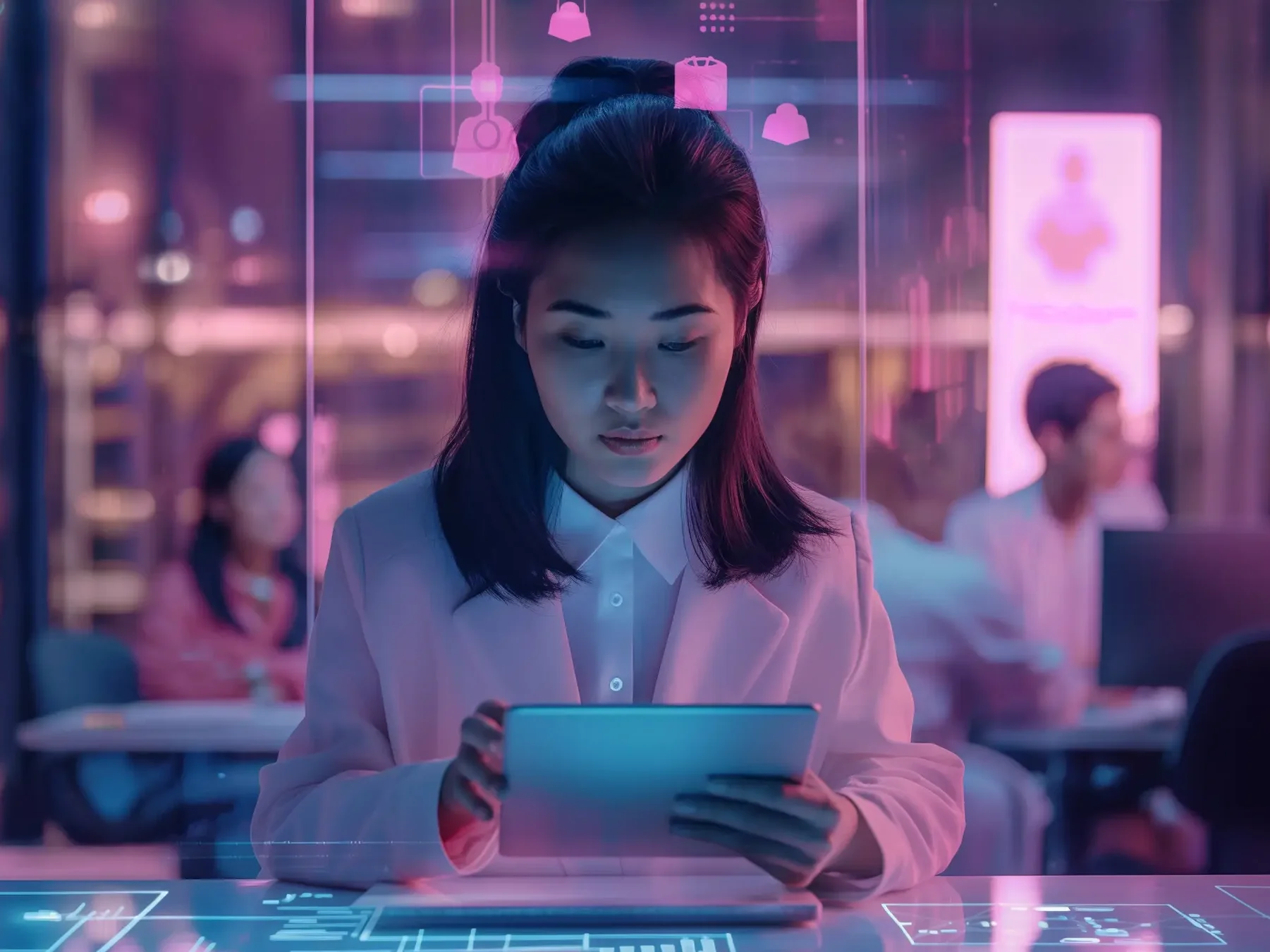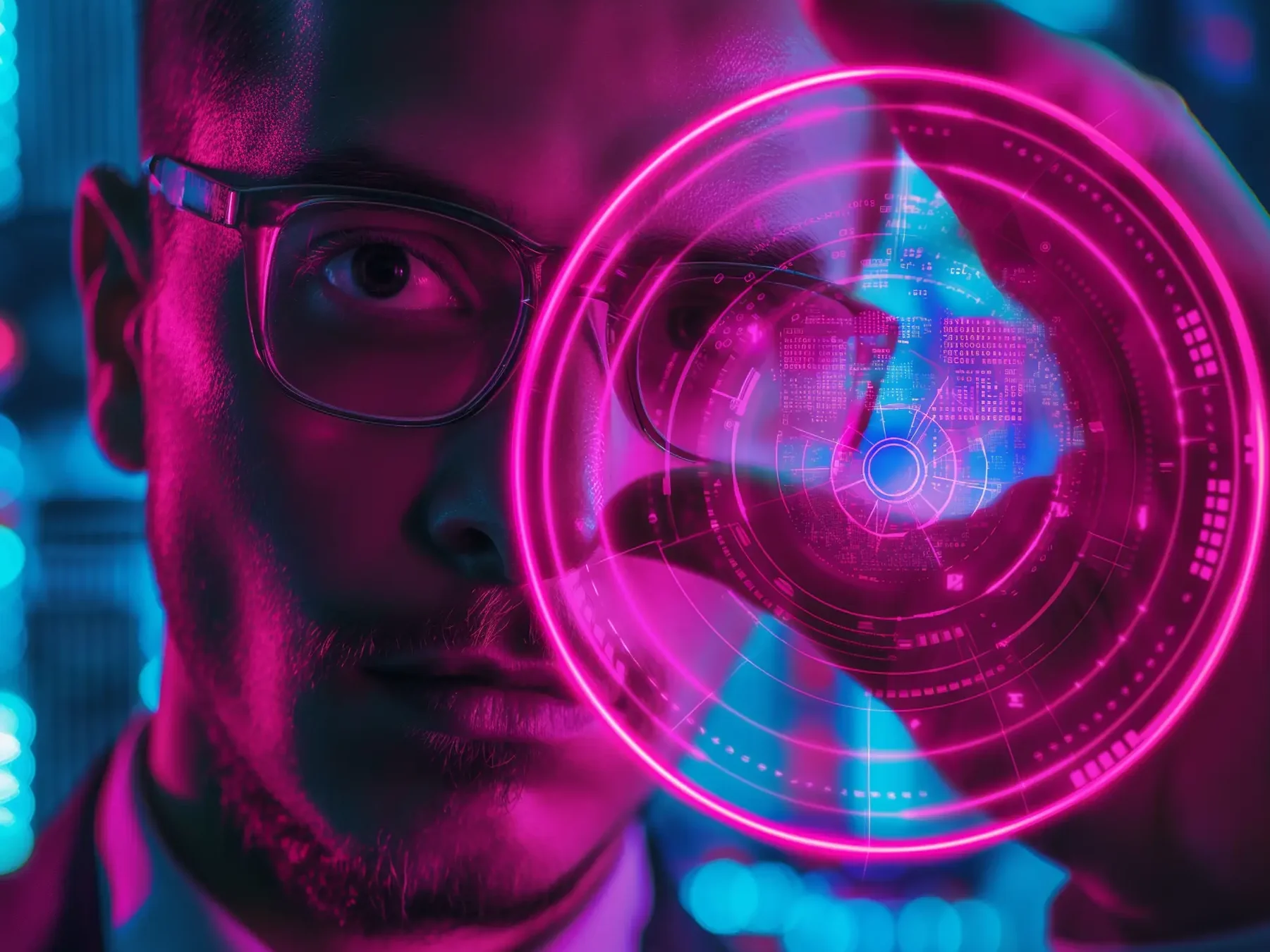Imagine a world where you could own a fraction of the Eiffel Tower, trade shares of a Picasso masterpiece from your smartphone, or invest in a sprawling vineyard without ever setting foot on its soil. This isn’t a scene from a futuristic novel; it’s the promise of Tokenized Real World Assets (RWAs). By harnessing the power of blockchain technology, RWAs are shattering traditional barriers to investment, liquidity, and ownership. This revolutionary concept is not just transforming how we interact with physical assets—it’s redefining the very nature of value in our increasingly digital world.
Understanding Tokenized Real-World Assets
At its core, tokenizing real-world assets involves creating digital representations of physical assets on a blockchain. These digital tokens embody their real-world counterparts’ rights, ownership, and value. The process leverages blockchain technology’s inherent characteristics of immutability, transparency, and security to create a new paradigm for asset ownership and transfer.
The concept extends far beyond cryptocurrencies, encompassing many tangible assets such as real estate, fine art, commodities, and intellectual property. By tokenizing these assets, we unlock new possibilities for fractional ownership, increased liquidity, and global accessibility.
The Mechanics of Asset Tokenization
The process of tokenizing real-world assets involves several key steps:
- Asset Identification and Valuation: The first step is to identify the asset to be tokenized and conduct a thorough valuation. This could be a piece of real estate, a valuable painting, or even a company’s equity.
- Legal Structure: Establishing the legal framework is crucial. This involves creating a legal entity that holds the asset and defining the rights that token holders will have.
- Token Creation: Digital tokens representing shares of the asset are created on a blockchain platform. These tokens embody the rights and ownership stakes in the underlying asset.
- Issuance and Distribution: The tokens are then issued and can be distributed to investors through various means, such as initial coin offerings (ICOs), security token offerings (STOs), or traditional investment channels.
- Secondary Market Trading: Once issued, these tokens can be traded on secondary markets, providing liquidity and enabling fractional ownership.
Benefits of Tokenized Real-World Assets
The tokenization of real-world assets offers numerous advantages that are reshaping the investment landscape:
Enhanced Liquidity
One of the most significant benefits of tokenization is the potential for increased liquidity. Traditionally, illiquid assets, such as real estate or fine art, can be divided into smaller, more tradable units. This fractional ownership model allows investors to buy and sell portions of assets more efficiently, potentially increasing overall market liquidity.
Democratized Access
Tokenization breaks down barriers to entry for many investors. High-value assets that were once accessible only to wealthy individuals or institutions can now be divided into smaller, more affordable units. This democratization of investment opportunities allows a broader range of investors to diversify their portfolios with assets previously out of reach.
Increased Transparency
Blockchain technology provides an immutable record of ownership and transactions. This inherent transparency can reduce fraud, enhance trust, and streamline due diligence processes. Every transaction is recorded on the blockchain, creating a clear audit trail and reducing the need for intermediaries.
Global Accessibility
Tokenized assets can be traded 24/7 on global markets, transcending geographical boundaries and time zones. This global accessibility opens up new investment opportunities for investors worldwide and can help asset owners tap into a larger pool of potential buyers.
Improved Efficiency
Smart contracts, a key feature of many blockchain platforms, can automate many asset management and transfer processes. This automation can reduce administrative overhead, lower transaction costs, and speed up settlement times.
Challenges and Considerations
While the potential of tokenized real-world assets is immense, several challenges need to be addressed for widespread adoption:
Regulatory Compliance
The regulatory landscape for tokenized assets continues to evolve, with significant developments in recent years. In 2024, the United States saw increased regulatory attention in this space, with the Office of the Comptroller of the Currency (OCC) organizing a symposium on tokenizing real-world assets. This event signaled growing efforts to provide regulatory clarity in the sector.
In the UK, the Digital Securities Sandbox, operated by the Bank of England and the Financial Conduct Authority, aims to support the development of tokenized securities. This initiative demonstrates a proactive regulatory approach, fostering innovation while ensuring adequate oversight.
These developments highlight the progress in creating more straightforward regulatory frameworks for tokenized assets, although challenges remain in achieving global regulatory harmony.
Technological Infrastructure
Recent advancements in blockchain technology have addressed many initial challenges associated with tokenization. Layer-2 protocols and blockchain bridges have significantly enhanced the scalability and connectivity of blockchain networks, improving transaction speeds and reducing network congestion.
These developments are crucial for tokenizing real-world assets, as they enable handling high transaction volumes and complex asset structures. The improved interoperability between different blockchain networks also facilitates a more seamless integration of tokenized assets into existing financial systems.
Valuation and Pricing Mechanisms
Establishing fair and accurate valuation methods for tokenized assets, especially for unique or illiquid assets, remains challenging. Developing reliable pricing mechanisms and ensuring price discovery in secondary markets are ongoing focus areas.
Custody and Security
Safeguarding digital assets presents new challenges compared to traditional asset custody. Developing secure custody solutions and educating investors about digital asset security is critical for the growth of the tokenized asset market.
Real-World Applications and Use Cases
The potential applications of tokenized real-world assets span numerous industries and asset classes:
Real Estate
Tokenization is making significant inroads in the real estate sector. A notable example is BlackRock’s launch of a tokenized fund on the Ethereum network, demonstrating the entry of major institutional players into this space. The UAE has emerged as a leader in real estate tokenization, with the Emirates Securities and Commodities Authority issuing specific guidelines for this purpose. These developments showcase the practical application and growing adoption of tokenization in the real estate market.
Fine Art and Collectibles
High-value art pieces and collectibles can be tokenized, enabling fractional ownership and creating new investment opportunities in the art market. This approach can also enhance provenance tracking and reduce fraud in the art world.
Commodities
Tokenizing commodities like gold, oil, or agricultural products can streamline trading processes, reduce intermediaries, and increase market efficiency.
Intellectual Property
Patents, copyrights, and other forms of intellectual property can be tokenized, creating new ways to monetize and trade these intangible assets.
Infrastructure Projects
Large-scale infrastructure projects can benefit from tokenization by tapping into a global pool of investors and reducing funding costs.
The Future of Tokenized Real-World Assets
As the technology matures and regulatory frameworks evolve, we can expect broader adoption of tokenized real-world assets across various sectors. This trend can reshape traditional financial markets, create new investment opportunities, and drive innovation in asset management.
Integrating tokenized assets with other emerging technologies, such as artificial intelligence and the Internet of Things, could enhance their utility and value. For instance, AI could optimize asset management strategies, while IoT devices could provide real-time data on physical assets, improving transparency and valuation accuracy.
Moreover, developing interoperable blockchain networks could create a more connected ecosystem for tokenized assets, enabling seamless transfers across different platforms and increasing overall market efficiency.
Institutional investors are expected to increase their allocations to digital assets over the next five years. This shift is driven by growing regulatory clarity and the development of permissioned digital networks, signaling a move towards mainstream adoption of tokenized assets.
Conclusion
Tokenized real-world assets represent a paradigm shift in conceptualizing ownership, value, and trade traditional assets. By leveraging blockchain technology, this innovative approach has the potential to increase liquidity, democratize access to investments, and create new opportunities for wealth creation.
As we stand at the intersection of traditional finance and blockchain technology, tokenized real-world assets offer a glimpse into a future where the barriers between physical and digital economies are increasingly blurred. While challenges remain, the potential benefits of this technology are too significant to ignore.
As the ecosystem continues to evolve, it will be crucial for investors, regulators, and technology providers to collaborate in shaping a robust, transparent, and accessible market for tokenized assets. The journey toward widespread adoption may be complex, but the transformative potential of tokenized real-world assets makes it a path worth pursuing.
